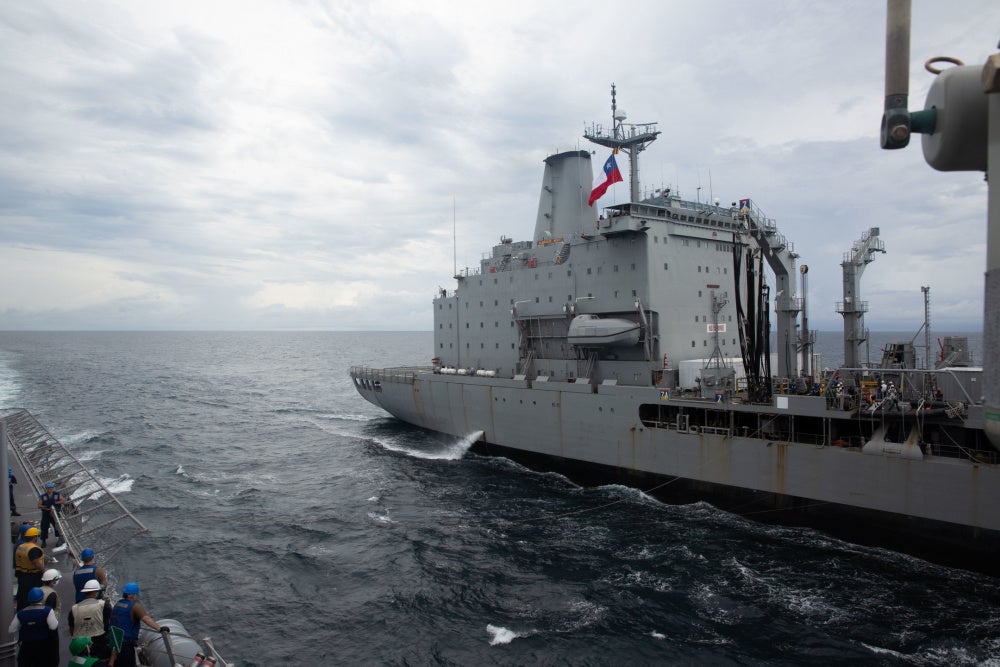US Amphibious Ships To Be Equipped With Ship Killer Missiles
The US Navy is actively seeking new assets to overcome the Chinese supremacy in the West Pacific region. One such idea is to equip the US Navy’s amphibious ships with anti-ship missiles in order to increase capability within the region.
US Marine Corps Major General Tracy King, the Navy’s director of expeditionary warfare, recently said:
“The LPDs need the ability to reach out and defend themselves and sink another ship. It’s not from the aspect of using them as a strike platform; it will drastically increase their survivability if the enemy has to honor that threat.”
The US Navy has, in recent years, lost its superiority in numbers over the PLA Navy. The Chinese shipbuilding industry is growing with the help of CCP directives. For the People’s Republic of China, it is essential to deny access to their territorial waters to the US Navy and enhance the range of Anti Access/Area Denial (A2/AD), with destroyers capable of covering much of the coastline.
Equipping the amphibious ships with the means of defense from opponent ships would be necessary in order to increase the survivability of the vessel and, most importantly, the survivability of landing troops. The first vessel to test the Naval Strike Missile (NSM) platform is the USS Gabrielle Giffords (LCS 10). The ship conducted a series of tests in September 2020.
READ: A Short Guide to Naval Missiles
However, Major General King considers the option of arming the amphibious landing ships with the containerized NSMs belonging to the USMC. In King’s opinion, it would give more flexibility to the use of the missiles. During the cruise, anti-ship missiles would be stored on the deck of the ship allowing a captain of the vessel to use them in his own accord and respond to the threats. However, when a situation needs it, the system could be dismounted and used by the landing forces. King explained:
“To me, that just makes sense. We give the latitude and the flexibility to that ship’s captain to use those assets when he needs to. There’s been some naysayers to that, mostly in my tribe, because if you use all my missile before I get there, I don’t have my missiles. But I’m a little bit dismissive of that complaint because the ship’s got to get there first. So I think you’re going to see us employing containerized weapon systems that we can use wherever we want to use them.”
The integration of the NSM onto amphibious landing vessels, however, will not be fast or as simple as it sounds. It will take at least a couple of years, but the fact that the Navy is using missiles from its stockpiles will reduce both the time and the cost of this new solution’s implementation.

